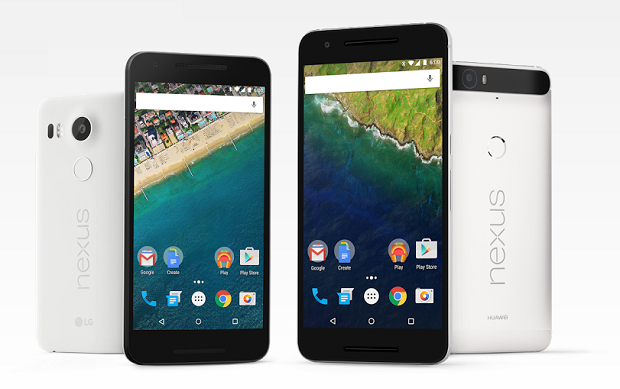Whenever you launch a new product or service, you always have a basic assumption of how many people might use it; however, assumptions will not help you market, sell investors and price your offering. For that you need a more accurate number. While you may be entering a market with millions of potential customers it is highly unlikely that they will all become your customers. There are virtually no businesses in the entire world that can capture every single potential customer in their market – even Google. Therefore, when you want to correctly size a market, it is important to determine who will actually use your product or service and not just be interested in using it if they only knew it existed.
To illustrate this challenge in an example, think of the hospitality market in a vacation island like Bali. If you were to build a hotel, you are entering a market that has millions of potential customers and billions of dollars in transactions per year; however, in reality 99.99% of these people have no possibility of ever becoming your customer. Some people in the world do not have the budget to make it to Bali while others with budget are legally restricted from visiting Indonesia. In order to determine how to develop and market the new hotel you need to size your exact market who might actually stay in the facility.
Market sizing best practices
There are a handful of ways to determine your market size, but the best low cost method is simply to ask people if they are interested in your product.) This research can be conducted via in-person interviews, but it is significantly easier to just use an online survey. You can gather your data in anyway you choose, but using a dedicated free online survey tool like SurveyMonkey is far easier to use than other free products like Wufoo and Google Forms. Whether you choose to do in-person interviews or an online survey, the best practices are the same.
- Do not allow biased or leading questions to creep into your research. An example of a leading question is: “Would you buy a smartphone that makes you feel is less expensive than a flip phone?” Everyone always to save money, so you are prompting them to say yes. The right way to ask this question is “Would you buy a new smartphone” and then follow it up with “Why would you buy a new smartphone”. If a question is really two questions in one, it must be split it into two questions.
- For determining market size, focus on quantitative data vs qualitative data. You want to ask people binary (yes vs no, true vs false) or scale (likelihood, levels of satisfaction) questions about their behavior and likely adoption. Open ended free form questions are better suited for product research and will only distract you in your market size calculations. Also, in the analysis portion of your survey tool, you can see a simple graph of your yeses vs noes and can easily make quick decisions.
- Ask very specific demographic and segmentation questions. A person’s income or job status influences their ability to afford your offering and this can determine whether they are a potential customer or not. Their usage of required technology devices will matter if you are launching a technology product. For example, if you are building an Android app, it is inefficient to build an app that can work on every device as the Android market has a wide range of capabilities, screen sizes, and there are even people still on Android versions that are obsolete. Asking people which Android version they have will allow you to understand how large your market it is, if your app requires the latest operating system.
- Use a representative sample which is defined as a subset of people that will closely represent the general population. Since you can’t ask the entire world if they would use your product, you need to settle for just asking a sample. According to this sample size calculator you would only need to survey 385 people to get results for all of Indonesia with a 95% confidence level and 5% margin of error. (Many survey tools, provide online panels that can help you get the required sample. Paying for accurate survey results can end up being far less expensive that launching a product and discovering that the market is not what you expected.) This means that the results you get from your survey of 385 will closely mirror the answers you would have received if you would ask every single person Indonesia plus or minus 5%.
If you have used the right representative sample, you should have a pretty good idea of who your potential customers might be. In this stage of your development it isn’t critical to determine precisely who your customers are at the granular persona level, but you should still have a general idea of what percentage of the total market will adopt your product.
You may still want to use the biggest most shocking numbers in conversations with external parties like investors and your family, but you should always know the real number within the company. Remember, Samsung might claim to be disrupting the entire multi-billion dollar mobile phone industry, but their real market size is maxed out in the far smaller pool of people that have access to fast mobile networks and budget to afford a phone.
–
This guest post is written by Eli Schwartz, Director of Marketing APAC at SurveyMonkey, the world’s largest online survey platform. He oversees SurveyMonkey’s marketing efforts in the Asia Pacific region. In addition, he leads the company’s global SEO efforts and strategies across 17 languages. SurveyMonkey serves over 25 million customers worldwide, including 99% of the Fortune 500, and collects over 3 million online survey responses daily.
He can be contacted via Twitter @5le











